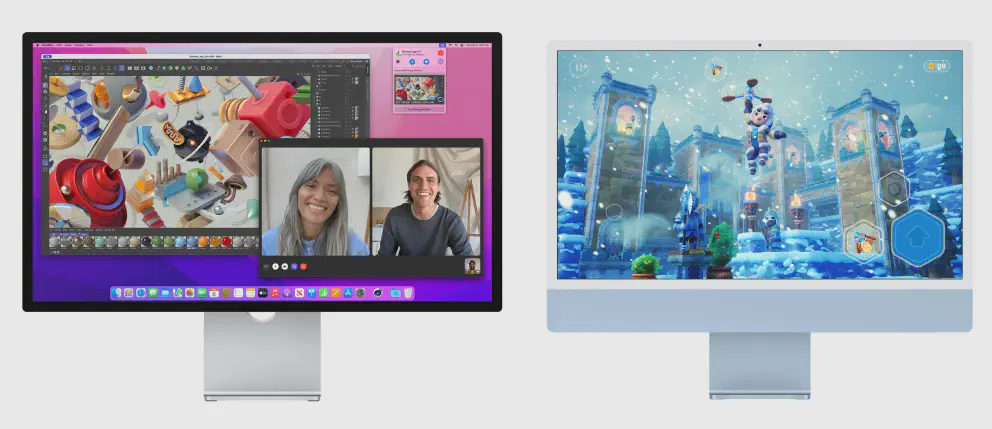In Apple’s Mac line-up, there is this peculiar thing that is happening. Right now, Apple is selling an all-in-one computer which starts at $1,299. That computer, the iMac, comes with a 24-inch display. A slightly bigger display, the Studio Display, is priced at $1,599. Why does Apple sell a standalone display that costs more than an all-in-one computer? And is that Studio Display worth it against the iMac?
History
To understand why Apple’s Mac and Display line looks like this, you have to peek back at history. Before Apple Silicon came to the scene, there were Intel Macs. And back then, there were two flavors of the iMac instead of the one that we currently have: the 21.5" 4K iMac and its bigger brother, the 27" 5K iMac.
When Apple Silicon came into the scene, it enabled Apple to create the thinnest iMac yet. It was so thin that the headphone port had to move sideways instead of the back. Apple enlarged the smaller iMac from 21" to 24" and to maintain the same pixel per inch density, it upped the display resolution from 4K to 4.5K.
Apple took a different strategy for the 27" 5K replacement. Instead of introducing a larger iMac as they had done since 2004, Apple decided to keep iMac a single size. They took the 27" display from the iMac, slap an iPhone 11 at the back and rebrand it as Studio Display. Instead of an all-in-one like the iMac, you’ll have a modular computer for the Studio Display. That Studio Display can be connected to a $499 Mac Mini, a $1,999 Mac Studio, a MacBook Pro, or even another iMac.
iMac vs Studio Display
Now, let’s compare the difference between the iMac and the Studio Display
- The display resolution: The Studio Display is wider by 640 pixels and taller by 360 pixels than the iMac display. That doesn’t sound a lot but that’s 3 million more pixels pushed by the Studio Display than the iMac. The G3 iMac which was sold for $1,299 back in 1998 has a resolution of 800 by 600 pixels. The pixel gap between Studio Display and iMac is 6 screens of that G3 iMac.

A 4.5K screen might not sound that much smaller than a 5K screen, but you are missing around 3 megapixels of data. - Size: Standing side-by-side, the Studio Display is slightly larger than the iMac. The iMac looks bigger thanks to its chin. The Studio Display has a beefier profile.
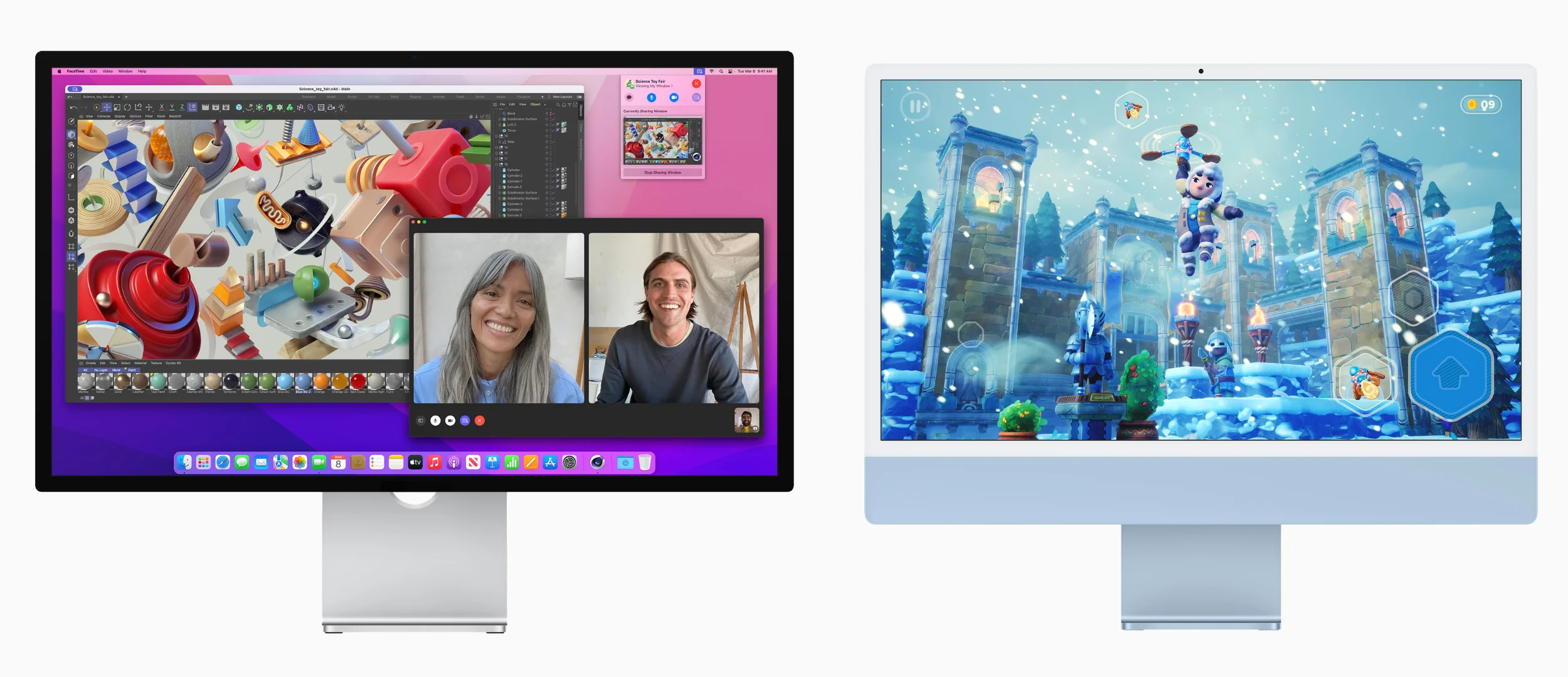
Due to it's chin, the iMac doesn't look that much smaller than the Studio Display. - Ports: The base M4 iMac has 2x Thunderbolt 4 port on it’s back. A higher version has 4x Thunderbolt 4 ports at the back. There’s also a headphone jack at the side. And a power button. And on the power brick, there’s an ethernet port on some models. The Studio Display only has 1x Thunderbolt 3 port (which will be used for display) and 3x USB-C USB 3 ports. Not to worry because if you are using the Mac Studio or the new Mac Mini, there’s options for Thunderbolt 5 which is 3 times faster than the Thunderbolt 4. There’s no headphone jack because every Mac that is connected to the display will have one. As for Ethernet port, if you are using a Mac Mini or Mac Studio, there will be one on those machines. There are no controls whatsoever because everything is controlled by the Mac that is connected to it.
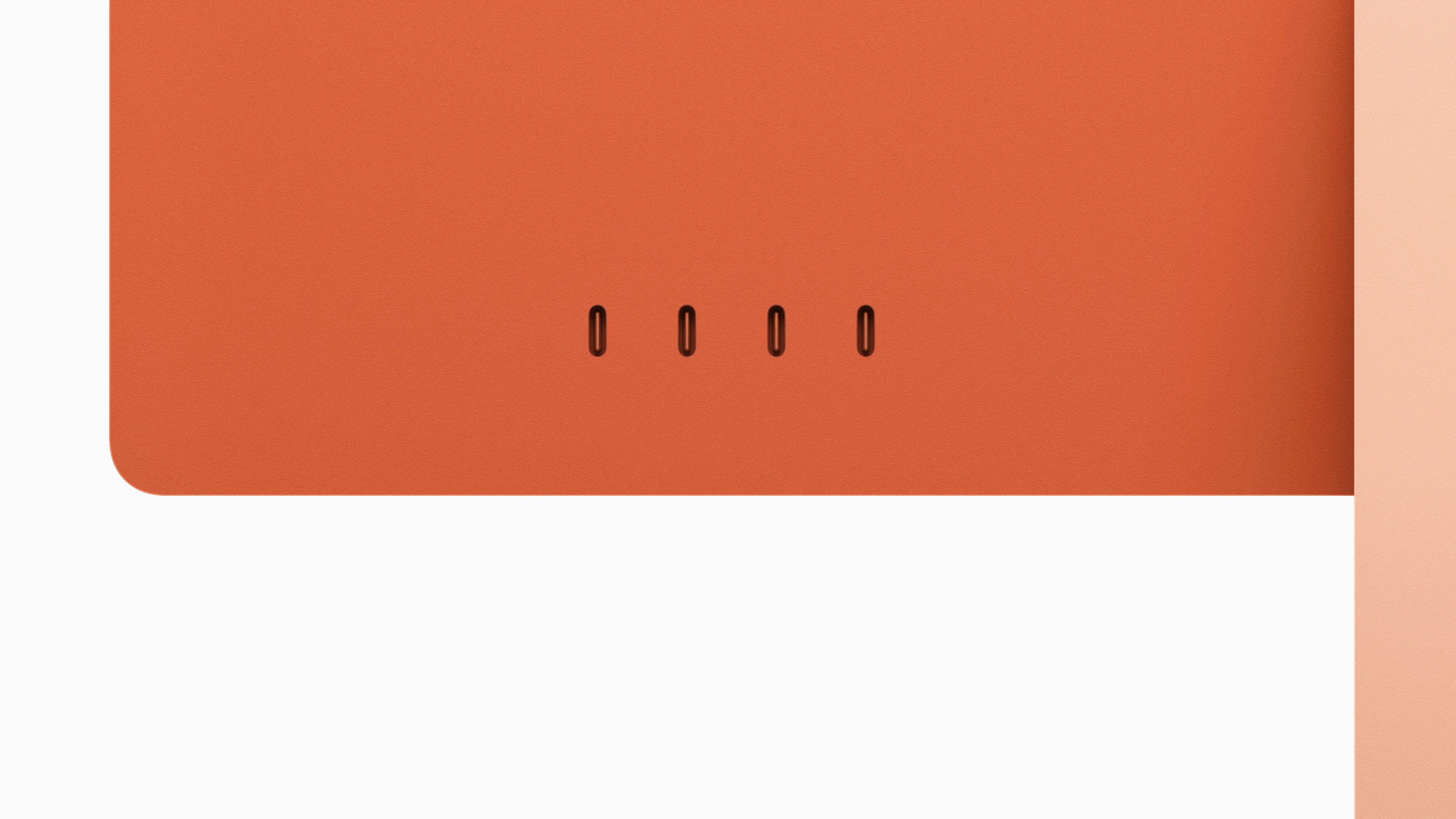
2024 iMac will have Thunderbolt 4 on all ports compared to Thunderbolt 3 on Studio Display. But with newer Macs like the M4 Pro Mac Mini, you can have Thunderbolt 5 on the Mac itself, which is three times faster than Thunderbolt 4. - The sound: Both use the same speaker system which means a six-speaker system with woofers that support spatial audio, but the Studio Display is beefier thanks to having a larger internal chassis.
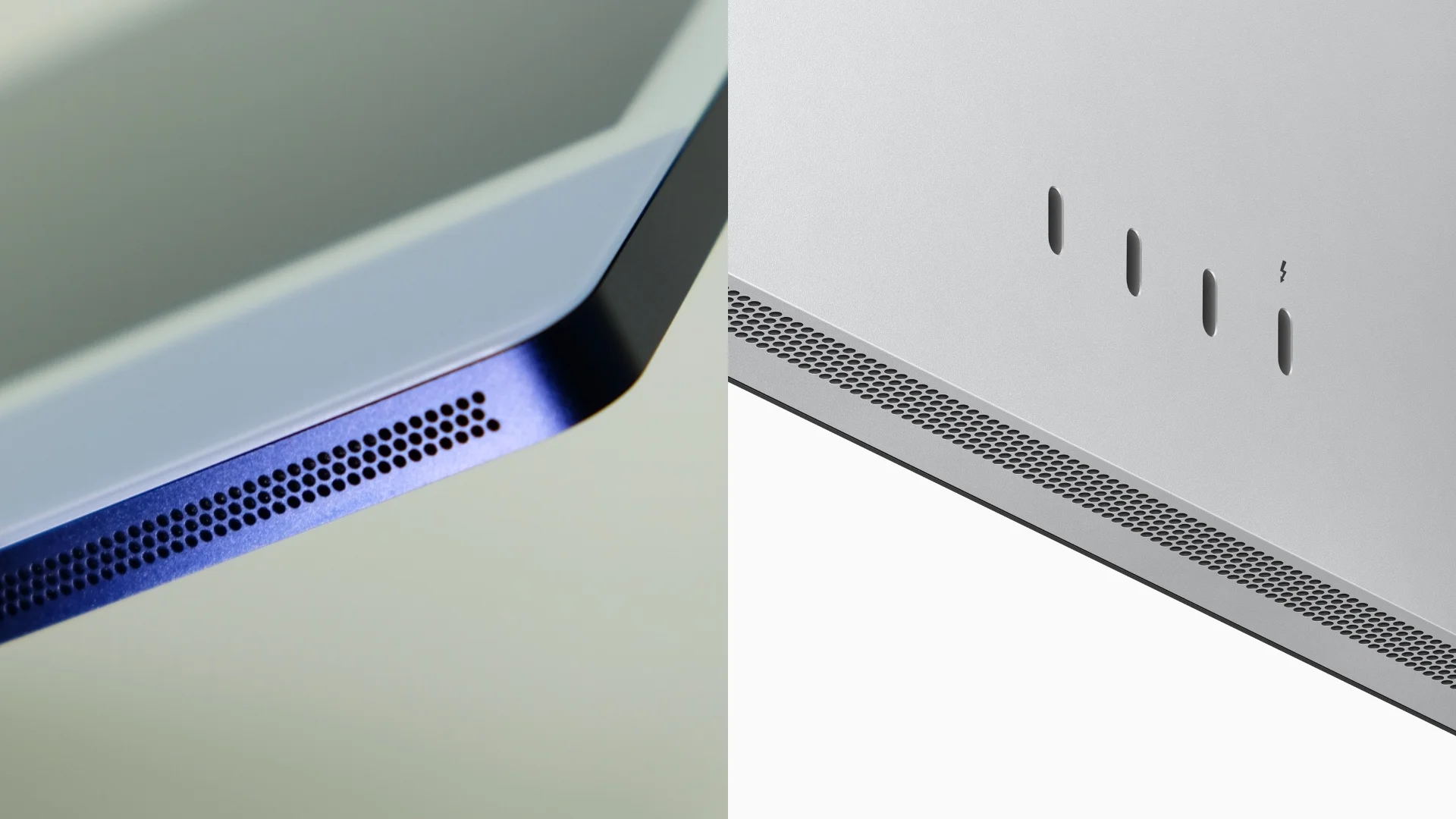
Studio display has a deeper sound due to having a large box to push that bass. - All-in-one vs modular: This is the biggest difference between the iMac and the Studio Display. For the same price at $1,599, you can get a decent computer with one of the best displays on the market. However, the disadvantage is that you will stuck with that computer forever. With the Studio Display, it’s one of the rare 5K monitors on the market which can be switched with other Macs in the future. Yes, there a higher upfront costs, but the Studio Display is more future-proof.
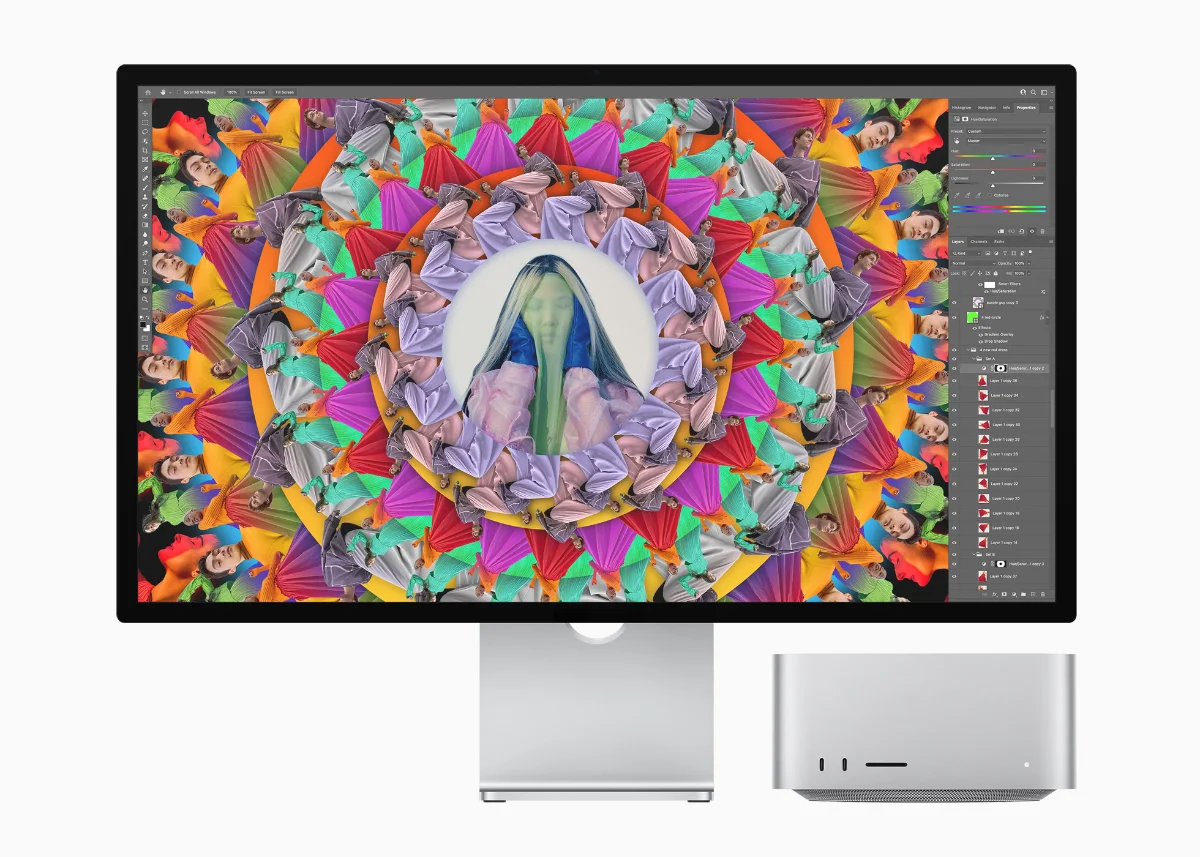
As the name suggest, the Studio Display is built to be modular. - Center Stage and Desk View: If you are using older version of iMac like the M1 or M3, those iMacs do not have Center Stage and Desk View feature. Those features are only available in the M4 iMac. With Studio Display, you can use those feature with older Macs.
Conclusion
Apple changed the Mac lineup to the current one because the Mac has changed since the advent of Apple Silicon. For the consumer, Apple has opted to provide the ultimate all-in-one that is good enough for 90% of the consumers who are looking for a desktop. It’s not a coincidence that the starting price of an iMac and the 15" MacBook Air is the same at $1,299.
The Studio Display is targeted at the computer enthusiast or the prosumer who wants more than what the iMac (or base Apple Silicon) can offer but is not yet willing to pay the professional grade Mac Studio / Pro Display XDR prices.
The iMac and Studio Display might converge at a certain price point, but for one, it’s the end, the other is just the beginning.
Plug
Support this free website by visiting my Amazon affiliate links. Any purchase you make will give me a cut without any extra cost to you
| Base | Pro | |
|---|---|---|
| iPhones | iPhone 16 / iPhone 16 Plus - (Amazon) | iPhone 17 Pro / iPhone 17 Pro Max - (Amazon) |
| iPhone Accessories | Find them at Amazon | |
| Watch | Apple Watch SE (Amazon) / Apple Watch Series 11 | Apple Watch Ultra 3 (Amazon) |
| AirPods | AirPods 4 (Amazon) | AirPods Pro 3 (Amazon) / AirPods Max (Amazon) |
| iPad | iPad 10 (Amazon) / iPad Mini (Amazon) | iPad Air M3 (Amazon) / iPad Pro M5 (Amazon) |
| Laptops | MacBook Air M3 (Amazon) | MacBook Pro M5 (Amazon) / MacBook Pro M4 Pro/ M4 Max (Amazon) |
| Desktop | Mac Mini M4 / M4 Pro (Amazon) / iMac M4 (Amazon) | Mac Studio / Mac Pro |
| Displays | Studio Display (Amazon) | Pro Display XDR (Amazon) |
Other Ecosystem Items
